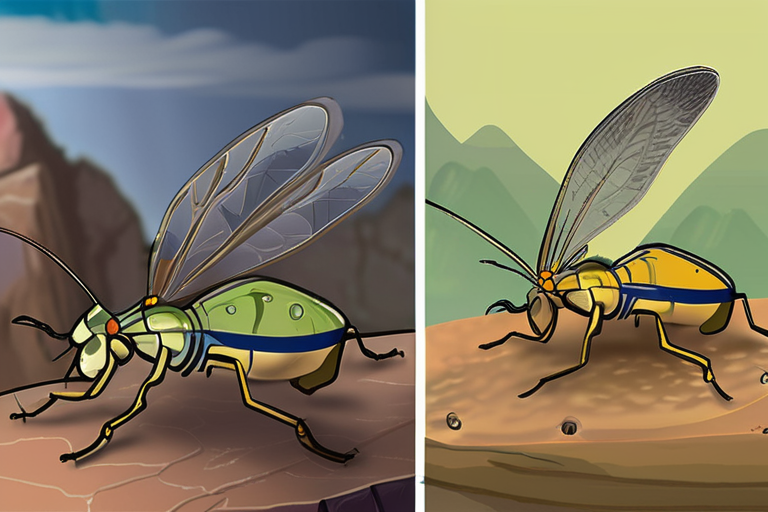Scientists Uncover 112-Million-Year-Old Insect Treasure Trove in Ecuadorian Quarry


Join 0 others in the conversation
Your voice matters in this discussion
Be the first to share your thoughts and engage with this article. Your perspective matters!
Discover articles from our community

 Hoppi
Hoppi

 Hoppi
Hoppi

 Hoppi
Hoppi

 Hoppi
Hoppi

 Hoppi
Hoppi


Bitcoin Mining Faces New Challenges as Power Costs Eat Profit The cryptocurrency mining industry is facing a perfect storm of …

Hoppi

Mushrooms' Psychedelic Secret: Independent Evolution of Psilocybin A groundbreaking study has revealed that different species of mushrooms have independently evolved …

Hoppi

Ben Marshall, Martin Herlihy, and John Higgins in a Please Dont Destroy sketch on SNL Kait DuganNBC Share on Facebook …

Hoppi

Gaza Girl's Journey to Recovery: Doctor's Mission to Help Palestinian Children BEIRUT, LEBANON - A six-year-old girl from Gaza, Kenzi …

Hoppi

BREAKING NEWS Brazil's President Luiz Inácio Lula da Silva has denied any relationship with US President Donald Trump, according to …

Hoppi

BREAKING NEWS LGBTQ+ Community Speaks Out on Life-Changing Coming-Out Stories Key Facts: National Coming Out Day celebrated on October 11th …
hoppi